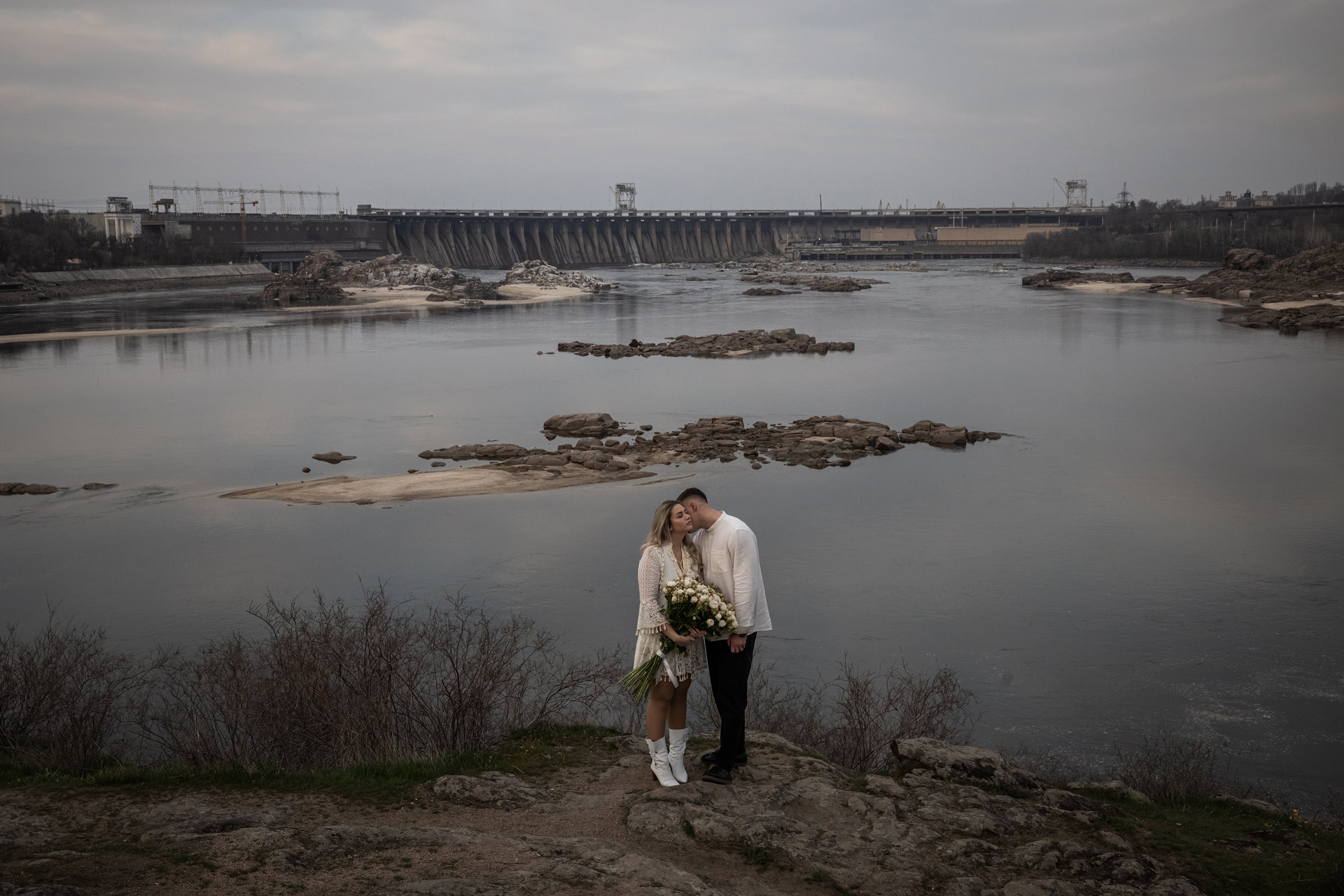A Victoria Cross (VC) won by an Irishman has fetched a world record price for the medal at auction.
Thomas Henry Kavanagh from Mullingar, Co Westmeath, became the first civilian to win the VC, which occurred just a year after the medal was introduced. His medal was sold at auction for £930,000 (€1,075,000) by Noonan’s auctioneers in London on Wednesday — more than twice the guide price of between €350,000 and €400,000. The identity of neither the buyer nor the seller was revealed, but the buyer is a collector.
It beats the previous record for a VC of £682,000 (€789,000), set earlier this year. That medal was posthumously won by squadron leader Arthur Scarf during the second World War.
During the Indian mutiny, known in India as the first war of independence, on November 9th, 1857, Kavanagh was involved in the lifting of the siege of Lucknow. The British garrison in the town was besieged for almost six months during the mutiny by rebel sepoys (Indian-born British soldiers).
RM Block
Kavanagh’s wife and 10 children were among those caught up in the mutiny. His wife was injured and his eldest son Cecil died of sickness during the siege.
Kavanagh was 36 at the time and a career civil servant with the East Indian Company, which administered India on behalf of the British government.
During the siege he disguised himself as a badmash — a type of Indian gang member — and darkened his face with lampblack. He and his Indian guide would certainly have been killed had they been caught.
He made his way through enemy lines to the British troops commanded by Sir Colin Campbell on the outskirts of the city and guided them to where the rebel garrison was stationed.
His bravery made him a hero in Victorian Britain. The citation for his medal was gazetted in July 1859 and was awarded by Queen Victoria in January 1860.
Disdain
Kavanagh, who had been heavily indebted before his courageous deed, was determined to cash in on his fame and wrote the best-selling book How I Won the Victoria Cross. It won him the disdain of the British government and its Indian counterpart but did not diminish his popularity.
A tour of England and Ireland further enhanced his celebrity and Orlando Norie’s painting of him donning his Indian disguise ensured that he became a Victorian icon and earned the nickname “Lucknow Kavanagh”.
Noonan’s medal specialist Jim Carver, who is also its Irish expert, described the price paid at auction as “astonishing” and reflected the incredible story of Kavanagh’s bravery.
“It truly is one of the greatest VCs ever awarded and that’s reflected in the price achieved. You can never second-guess it. When the item is of the quality of this, it is eye-watering. Kavanagh’s is a fantastic story,” he said.
“There are so many factor to this. It’s a Victoria Cross from the siege of Lucknow, it’s a civilian and an Irishman. It shows so much of our heritage is shared between the Republic of Ireland and Great Britain.”
Kavanagh was a number of notable firsts for the VC, which was first awarded in 1856. The first VC was awarded to Irishman Charles Lucas, a navy midshipman from Co Armagh, who threw a bomb overboard that had landed on the deck of his ship during the Crimean War in 1854. The first soldier to win the VC was Sgt Luke O’Connor from Elphin, Co Roscommon, in the same year and same war.
Maurice Dease, who was also from Co Westmeath, would become the first winner of the VC in the first World War and one of 27 Irishmen to win Britain’s highest award for gallantry in the conflict.















